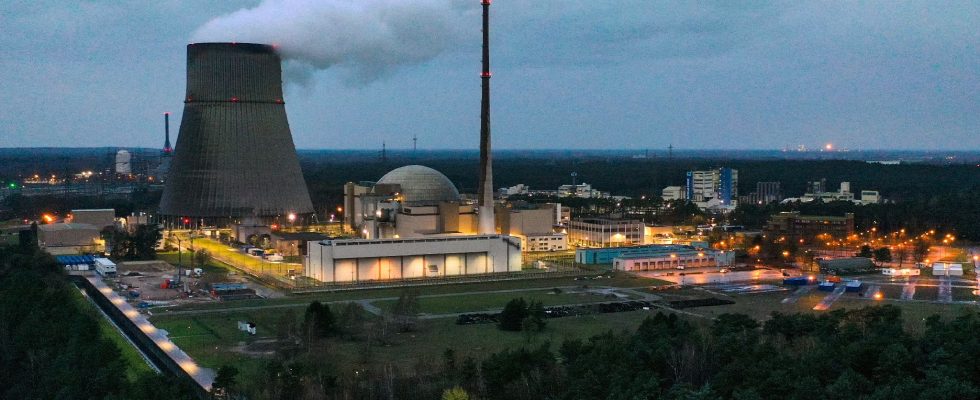Major fault or false problem? It is difficult to judge without bias the decision taken by Germany to disconnect its last three nuclear reactors from the network. “Many observers do not understand that across the Rhine the exit from the atom is a political objective in itself. And that the closure of the installations stems from a long process born in the 1970s, and of which our neighbor does not has never really deviated”, notes Thomas Pellerin-Carlin, director of the Europe program at the Institute of Economics for Climate (I4CE).
The choices of our large neighbor still generate a climate cost. Because Germany could get out of coal faster and nuclear less quickly. The president of the Shift Project Jean-Marc Jancovici has made his calculations: if this country had reduced its use of coal as a priority, it would have already saved 3.3 billion tons of CO2, or about five years of emissions. Europe, however, will not hold him to account, deplores the expert. The subject of CO2, and by extension that of the global thermostat, is however well worth, in importance, that of public finances.
Admittedly, Germany has succeeded, like France, in improving its carbon footprint in 2022. It has also reduced the share of coal and lignite in its electricity mix, since it has fallen from 50.5% in 2000 to 31, 4% in 2022. At the same time, the country has strongly developed its renewable energies (EnR), whose weight today reaches 44%, against 6.6% in 2000. Nevertheless. The transition is not going fast enough. “In detail, we have observed a slowdown in the production of renewable electricity since 2019. There is therefore a real challenge for reviving this sector. For climatic reasons but also for economic reasons, since renewable energies are the only source of energy cheap in Europe”, says Thomas Pellerin-Carlin.
One and a half wind turbines per day
The popular magazine Der Spiegel already draws up the list of black spots, without really believing in a start: Germany does not have synthetic fuels in sufficient quantity; its means of hydrogen production remain very limited; Social Democratic Chancellor Olaf Scholz announced the commissioning of four or five new wind turbines per day until 2030, but the rate would not exceed one and a half for the moment…
“The Germans must tackle sectors other than electricity, in particular construction and transport, because that’s where it’s going down,” confirms Thomas Pellerin-Carlin. Even the fall in emissions in industry seems suspect, as it seems to be more linked to a slowdown in demand than to an acceleration of decarbonisation.
“The national balance sheet will improve. It seems obvious to me, tempers Cédric Philibert, associate researcher at Ifri. The Germans pass laws to increase the surface area dedicated to wind turbines or the share of renewable energies in the electricity mix. received, this increase in power will not be accompanied by a massive use of coal, since the heat input necessary to manage the intermittency is negligible. Clinging to its nuclear fleet, France can well curse: it has no lesson to give. “Like Germany, it has no coherent strategy for transforming the construction, transport and industry sectors, analyzes Thomas Pellerin-Carlin. This is what the two countries must now focus on” .
